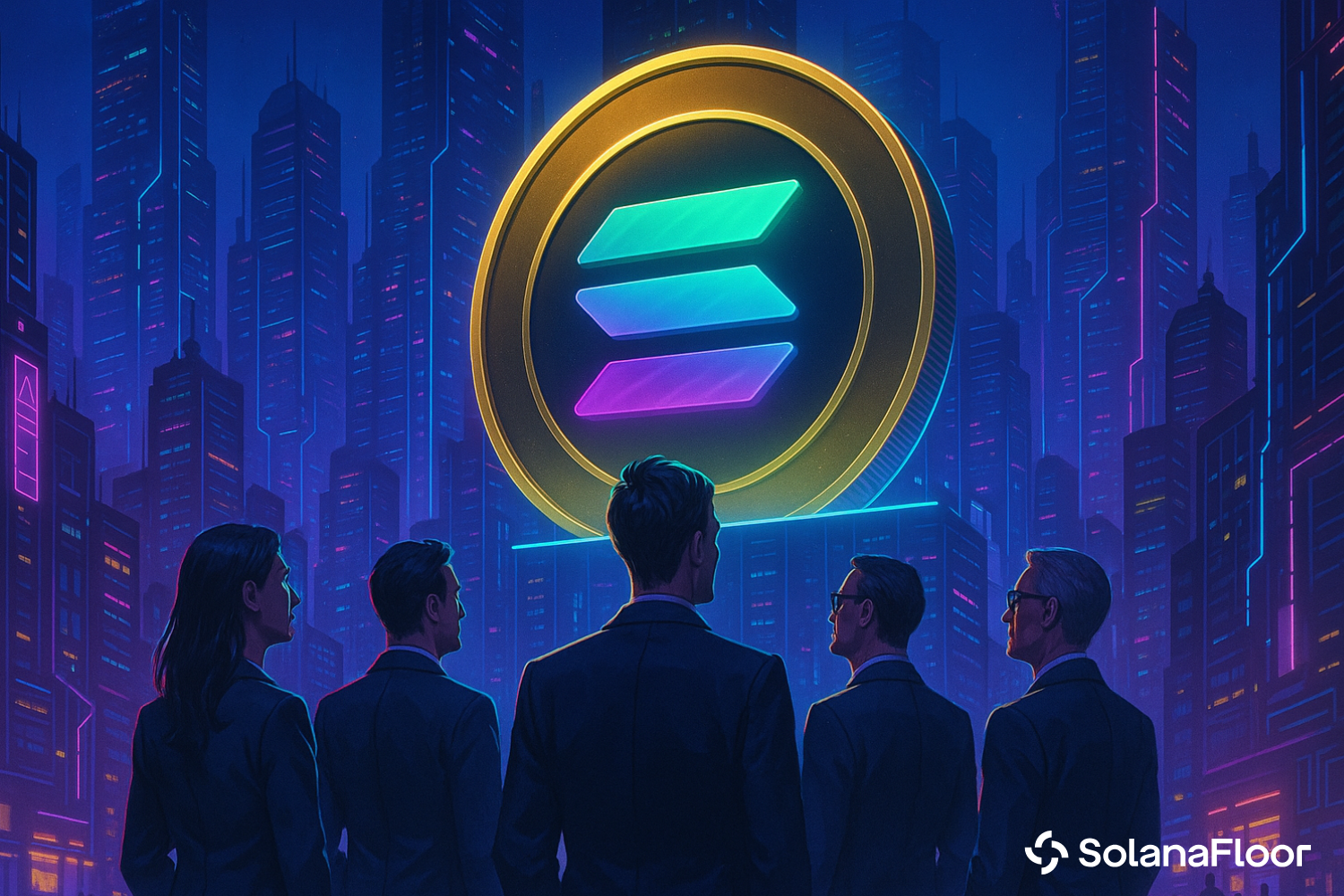
For academics, the number 33 may represent the number of vertebral bones or the atomic number of the element Arsenic. For Solana ecosystem participants, that number represents something much deeper: the percentage of Solana stake that a number of validators must control in order to gain influence over the network’s consensus. It is on this premise that Layer 33 was formed.
Layer 33, a collective of 25 independent Solana validators, has announced a coordinated initiative to maintain network decentralization. The group plans to operate a single, evenly distributed stake pool to help keep 33% of all stake with independent operators. The members say the effort responds to a noticeable contraction in the validator landscape and the rising concentration of stake among top operators.
Why Decentralization Matters
Decentralization refers to shifting authority and control away from a single central entity toward a distributed network of independent participants. Several indicators reflect this quality, including stake distribution, geographical diversity of nodes, and the variety of hosting providers. While the number of staked nodes might seem like a good proxy for decentralization, given that validators are responsible for network security, the widely agreed measure is actually the Nakamoto Coefficient (NC).
The Nakamoto Coefficient represents the smallest number of entities (the ‘superminority‘) that could collude to halt block production. For Solana, this figure corresponds to the minimum group of validators whose combined stake is roughly 33% of the total stake. A higher NC number indicates greater decentralization. According to Solana Beach data, Solana’s Nakamoto Coefficient currently stands at 20, though the actual number could be lower, as individual actors can operate multiple validators anonymously.
In its announcement, Layer 33 cited several factors that accelerate stake concentration. Institutional products like ETFs and Digital Asset Treasuries tend to delegate large sums of $SOL to single validators. Solana’s validator count is declining. Programs like the Solana Foundation Delegation Program are scaling back. Combined, these trends introduce pressure toward centralization at a time when Solana continues to attract mainstream attention.
How Delegation Patterns Shape the Network
Solana enabled staking rewards and inflation in February 2021 after validators voted to activate the system. Once staking went live, everyday users began to delegate their $SOL to validators in exchange for yield. Most users choose a single validator and often gravitate toward the top-ranked validators. This behavior concentrates stake that is already heavily weighted toward a small portion of the validator set.
Today, the top 20 validators hold more than 33% of the total stake. If those validators coordinated maliciously, they could censor transactions or disrupt the chain. Layer 33 states that its initiative exists to prevent this risk from materializing.
Solana spot ETFs have recently been posting strong inflows. On November 25, inflows totaled $53.1 million, extending the streak to 21 consecutive days of inflows. Total net inflows have climbed to $ 621 million.
Franklin Templeton, which manages over $1.66 trillion in assets, has also filed a Form 8-A for its Solana ETF. These milestones signal increased institutional interest but also raise concerns about centralization.
Large institutional holders often delegate to a single validator for operational simplicity. Solana Digital Asset Treasuries, such as SOL Strategies and Forward Industries, which cumulatively hold over $1 billion in $SOL, are prime examples of this, as each operates its own validator.
Alpenglow and Support for Smaller Validators
Not all developments point toward greater concentration, though. This year, Solana network participants approved the development and implementation of Alpenglow with 98.27% of votes in favor. Created by Anza, Alpenglow proposes a major overhaul to Solana’s Proof of History system and aims to increase the network’s speed by a factor of 100.
The update also includes a change that affects smaller operators directly. It removes validator voting fees, which represent a significant cost for smaller validators. Dan Albert, Executive Director of the Solana Foundation, spoke about this during StakePoint NYC. He noted that high onchain operating costs, particularly voting fees, have been a barrier to smaller entrants. Eliminating these fees could encourage more operators to join the network.
Broader Implications for Delegators
Individuals who stake $SOL can influence decentralization through their choices. Many users continue to stake with the largest validators without considering distribution. Delegators who want to support a more balanced network can explore independent operators or use services that distribute stake more broadly. For instance, Marinade allows users to automatically delegate their $SOL to 100+ high-performing validators through its Stake Auction Marketplace, which matches stake with validators in a permissionless, market-driven process.
Layer 33 intends to support this shift by providing a unified stake pool that evenly distributes stake across its 25 members. The collective also builds open-source tools, dashboards, and educational resources that aim to strengthen Solana’s validator ecosystem.
Read More on SolanaFloor
HumidiFi to Launch $WET Token Through Jupiter’s DTF on December 3rd
Memecoin Activity Hits New Lows as Weekly Solana DEX Volume Stays Above $18.6B
Why These Solana ETFs Just Changed Everything!



